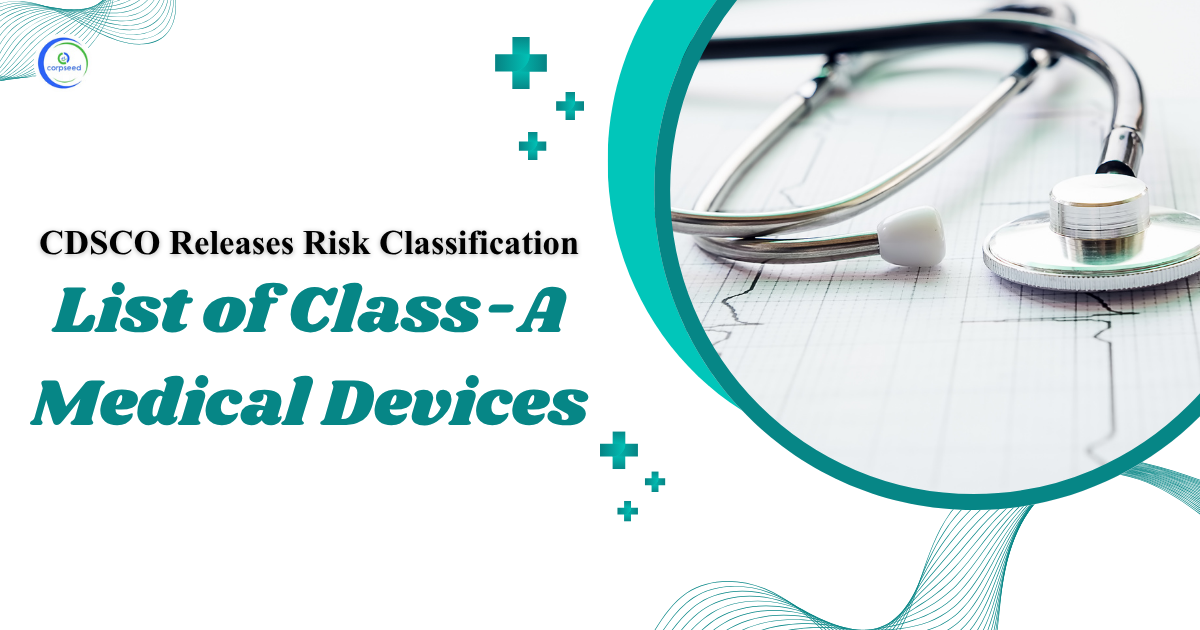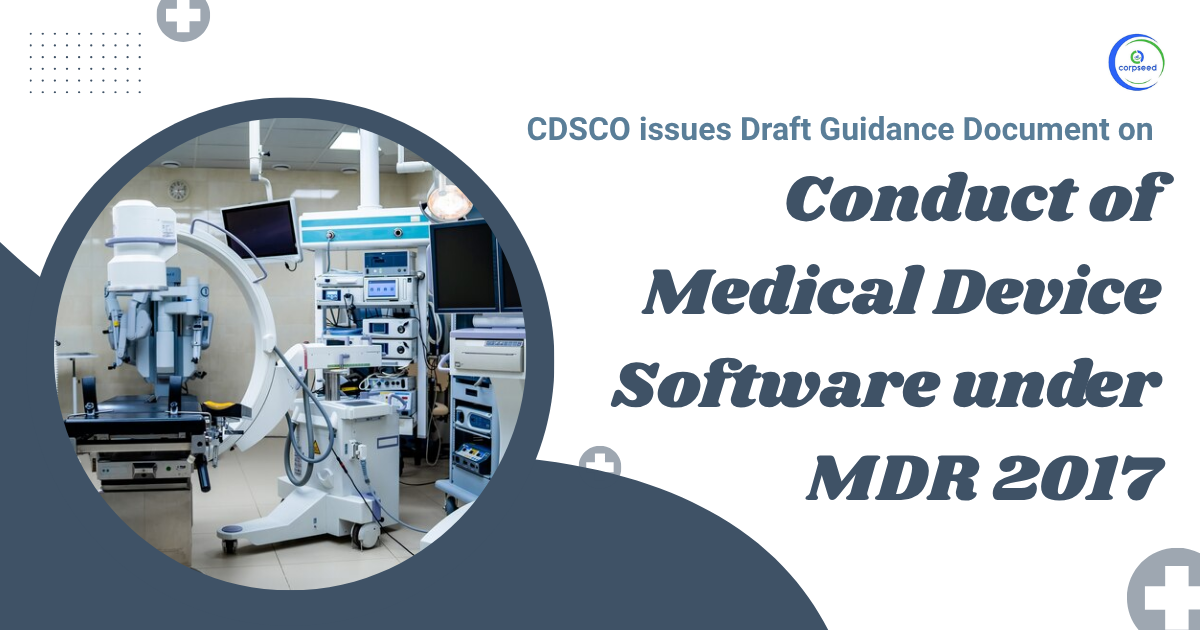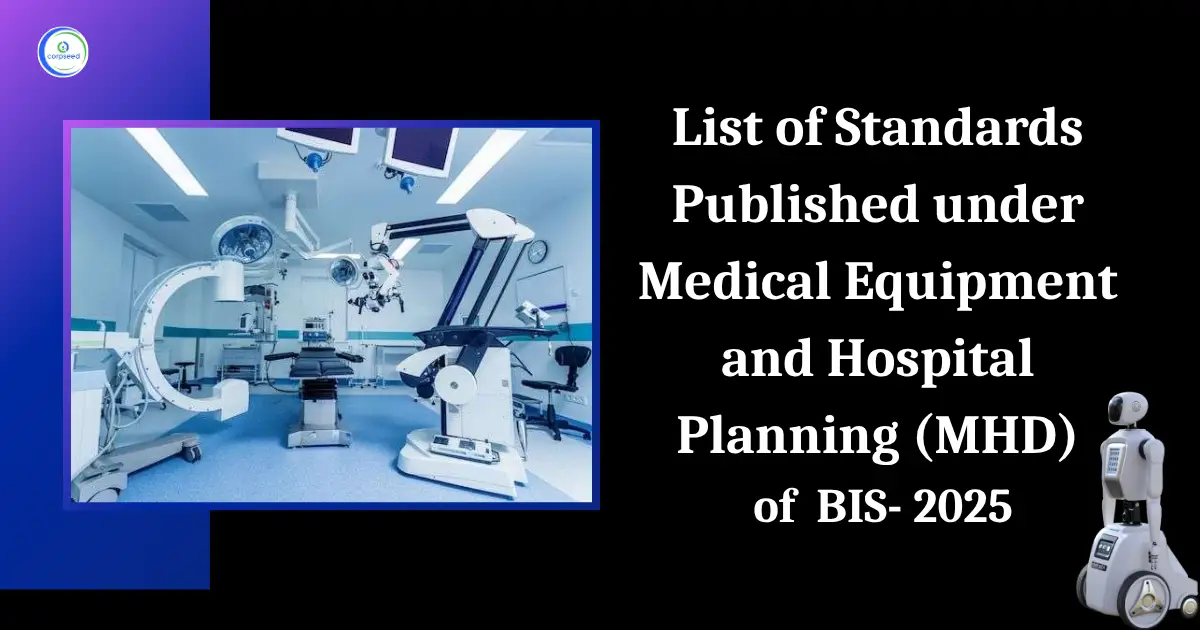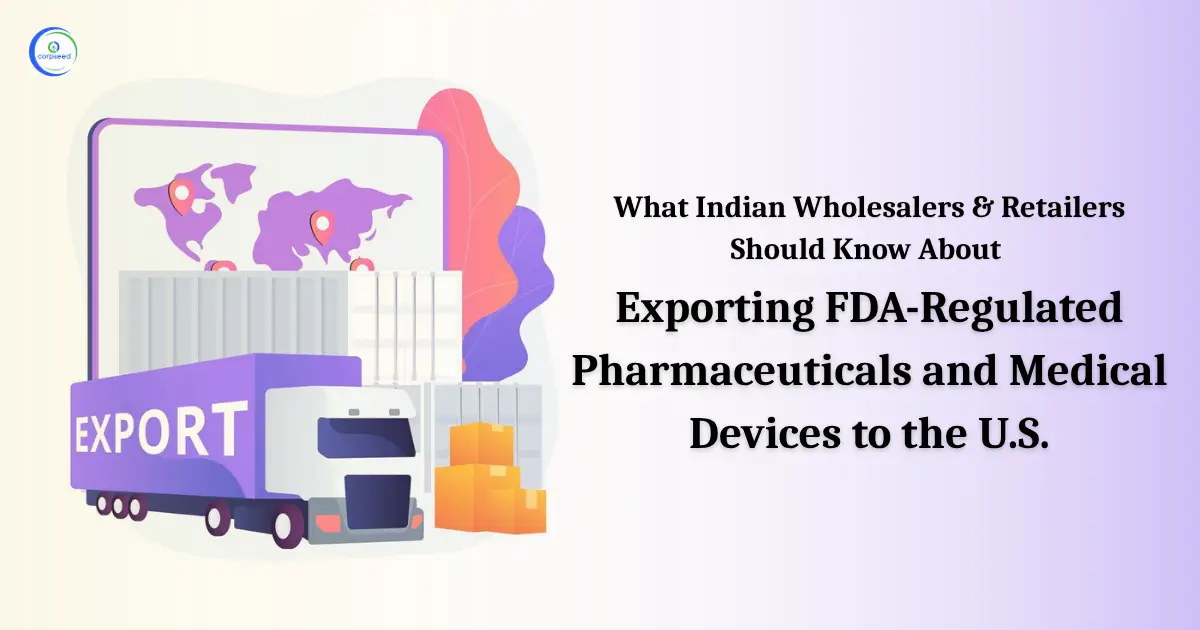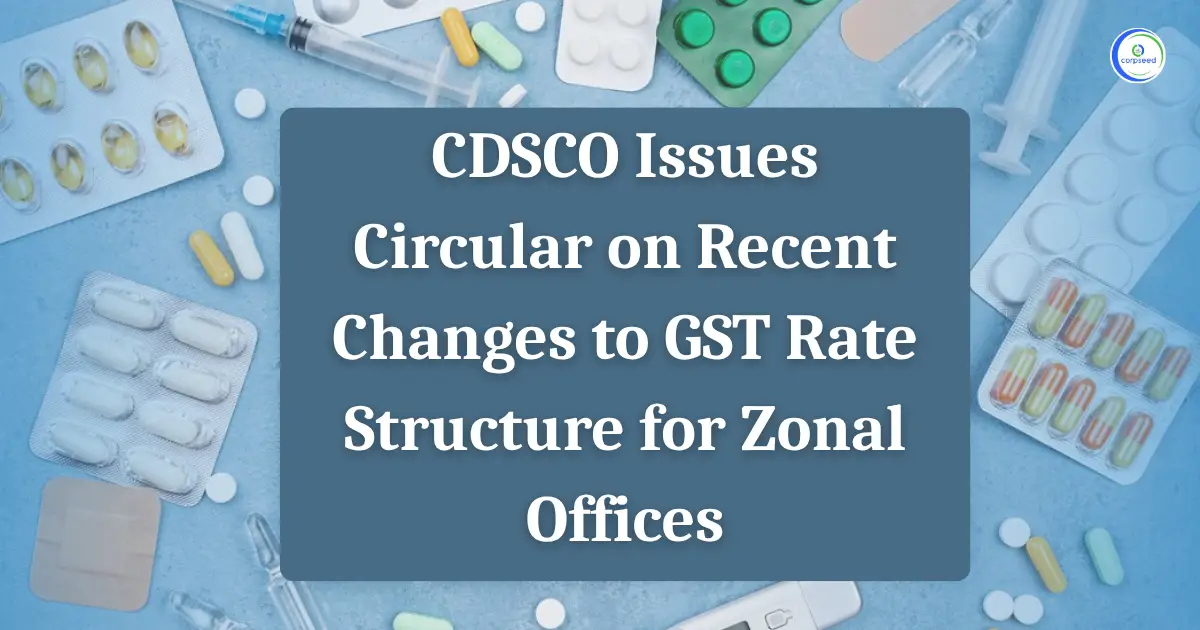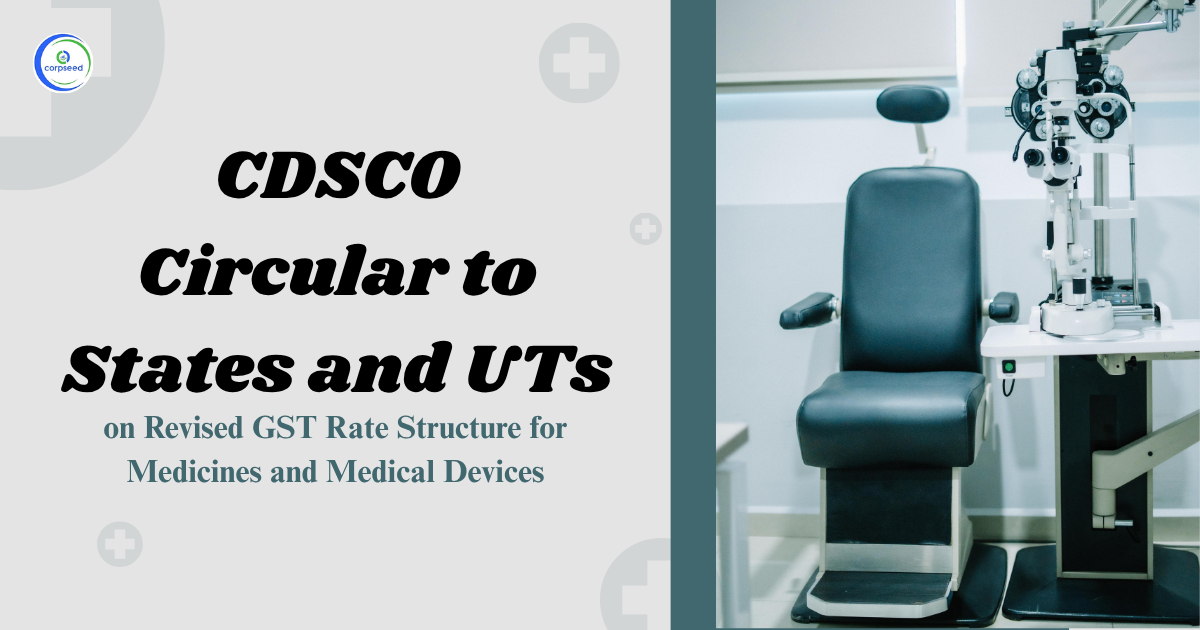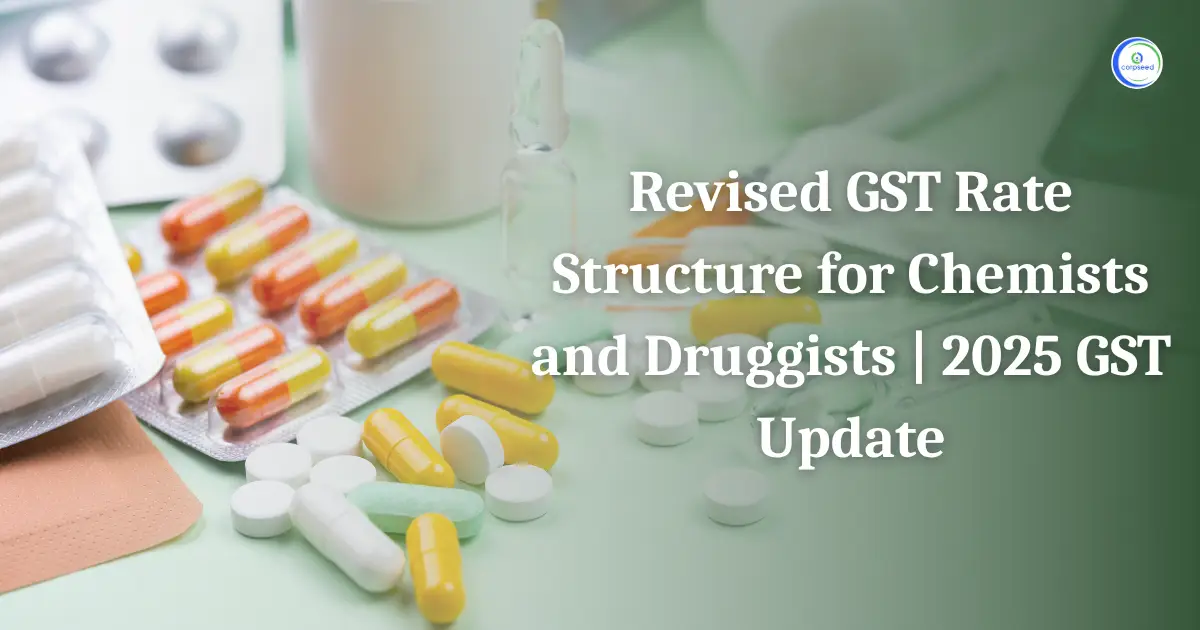The Indian medical device industry is growing rapidly, driven by continuous technological advancement, increasing healthcare needs, and a rising emphasis on improvement in patient outcomes. Much complexity is involved in navigating the regulatory landscape of non-notified medical devices.
What Are Non-Notified Medical Devices?
Generally, in India, medical devices have classifications according to their profiled risk and intended use. Notified medical devices registration are those that are issued under the specific categories by the competent body in the Central Drugs Standard Control Organisation as requiring formal notification and approval, after which they are permitted for sale in the market. Non-notified ones are those that do not come under the specific categories yet need also to follow certain standards and guidelines for these devices to be safe and effective for use.
Non-notified medical devices include:
- Low-risk devices: These are types of devices that would pose minimal risk to patients. Examples include specific dental instruments, non-invasive monitoring devices, and general laboratory instruments.
- Novelty Devices: A new or novelty device that falls into no category of its own normally would be classified as non-notified until it is considered further.
- Non-medical Devices with Medical Claims: Devices that are promoted with medical claims yet do not align under the definition of standard notified medical devices.
Table of Contents
--------------Blog Contact Form-------------
Regulatory Framework for Non-Notified Medical Devices
Although non-notified medical devices fall outside the main regulatory umbrella for medical devices, they are nonetheless subject to a variety of regulations and standards related to their safety, quality, and effectiveness. Some of the important elements of the regulatory framework include:
- Central Drugs Standard Control Organisation (CDSCO): This is the national regulatory body that looks after the quality and safety of medical devices within the country. Though non-notified medical devices do not necessarily require formal notification, their manufacturers must adhere to the guidelines and standards put forth by CDSCO.
- Medical Device Rules, 2017: These rules categorically define the classification of medical devices and their regulatory requirements, respectively. Devices that are not notified are outside the purview of specific regulations but are required to follow general safety and quality standards.
- Bureau of Indian Standards: It lays down standards for many medical devices. The manufacturing companies of the non-notified devices may also have to adhere to the relevant standards set up by BIS as proof of the quality and safety of their products.
- State-Level Regulations: Besides national regulations, depending on the type and use of the device, there are also state-level regulations and requirements.
Registration Process for Non-Notified Medical Devices
Non-notified medical devices follow a few steps in their registration process to ensure the required safety and quality measures of the device. While the process is less formal than that for notified devices, it still calls for careful attention to detail. A general overview of the common steps involved in the registration process follows:
- Device Classification: Determine if the medical device is classified as non-notified. Consider intended use, the level of risk associated with that usage, and what specific claims will be made about that usage.
- Documentation Preparation: This should entail all forms of necessary documentation that may support the registration process. These usually include:
- Product Description: Detailed information about the device, including design, functionality, and intended use.
- Technical Requirements: Specifications and performance data demonstrating that the device is safe and effective.
- Quality Management System: Proof of compliance with quality management standards, such as ISO 13485, describing the requirements for a quality management system that establishes the consistency of processes concerning the creation of medical devices, which promise the delivery of medical device necessities.
- Clinical Evidence: Supporting evidence of effectiveness and safety may be required for those devices making medical claims.
- Filing of Application: The registration application, along with all the required documentation, should be filed with the relevant regulatory authority, such as CDSCO. The application could be made online through some sort of web portal or in physical form, depending on the requirements of the regulatory.
- Application Review and Assessment: The regulatory body will review the application and the document presented. This might include a review of the technical specifications of the device concerned, the quality management practice, and supporting clinical evidence.
- Compliance and Certification: If the device meets the required standards and guidelines, it may be certified or approved to be used. This is general compliance certification rather than formal notification in this case for non-notified devices.
- Post-Market Surveillance: Even after being approved, manufacturers need to ensure the perpetuation of the quality and safety standards set. This shall be done through post-market surveillance regarding the performance of the device and addressing any emerging problems.
Strategies for Successful Registration
In addition, the following are some of the strategies that may be used by a manufacturer to surmount such challenges in the successful registration of their non-notified medical devices:
- Prove Knowledge of Regulatory Requirements: Be up-to-date with regulations and related guidelines regarding non-notified medical devices. Engage professional regulatory experts/consultants with the skill to navigate your company through the sometimes daunting complexities of the registration process.
- Quality Management: Implement and maintain, on an ongoing basis, a quality system that satisfies, relevant standards, such as ISO 13485, to help demonstrate safety and quality thereby reducing the burden of registration.
- Document in Detail: Exercise a high degree of care in documenting by ensuring that the documentation is complete, clear, and easily navigable. This also relates to the details of the product itself; technical BOM and clinical literature, if any.
- Engage with Regulatory Authorities: Engage with regulatory authorities in a continuous process of answering various questions, or issues that could pop up during the registration process. Inquire about unclear requirements or guidelines.
- Testing Thoroughly: Conduct testing and evaluation of the device at high levels of an exacting nature to ensure that it meets standards on both safety and performance. This will help provide sufficient evidence of the efficacy and reliability of the device.
- Regulatory Changes: Keep abreast of changes or updates in regulatory requirements relevant to the registration process. Comply with new regulations, modifying the processes if necessary.
- Post-Marketing Surveillance Plan: Make plans available for post-market surveillance to ensure device performance and corresponding actions, if problems should arise following approval. This shall include mechanisms for reporting adverse events and systems for obtaining feedback from users.
Future of Non-Notified Medical Devices in India
The landscape for non-notified medical devices is changing-there is an increasing impetus on the ground towards regulatory clarity and quality assurance. As the industry would grow further, regulations and guidelines are expected to get more defined and clear for the manufacturers.
Following are some of the trends and developments that one may look for:
- Harmonisation of Regulatory: The efforts at harmonizing the regulations to international standards may result in streamlining of processes related to non-notified medical devices.
- More Emphasis on Innovation: In their lean toward increasingly innovative devices, there may be increased demand for clearer guidelines and pathways to approval for novel technologies.
- Higher Quality Standards: The adoption of higher quality standards and guidelines will raise the benchmark for non-notified devices concerning safety and efficacy.
- Digital Transformation: Digital technologies and online platforms will keep facilitating the registration process with increasing ease and speed, thus efficiently and transparently.
- Consultation and Participation: The resolving of challenges, and the drive for improvements within the registration process, will require greater collaboration by and among regulatory authorities, industry stakeholders, and medical device manufacturers.
Conclusion
The registration and approval of non-notified medical devices in India mean various challenges and opportunities all at once. Though the process is not as formal as that of the notified devices, it still requires care in terms of vigilance regarding the regulatory requirements and documentation on quality standards. Manufacturers will be able to go through the registration process smoothly and provide innovative medical devices to the market, provided they understand the regulatory framework, prepare comprehensive documentation, and adopt best practices.
In essence, the achievement and continued success in ongoing compliance within the said medical device industry in India would considerably require continued awareness and notifications concerning change and trends in regulatory affairs. Emphasizing quality, safety, and innovative development, the future for non-notified medical devices in India is very promising to give risk to better avenues in healthcare and patient outcomes.
This portion of the site is for informational purposes only. The content is not legal advice. The statements and opinions are the expression of author, not corpseed, and have not been evaluated by corpseed for accuracy, completeness, or changes in the law.
BOOK A FREE CONSULTATION
Get help from an experienced legal adviser. Schedule your consultation at a time that works for you and it's absolutely FREE.


